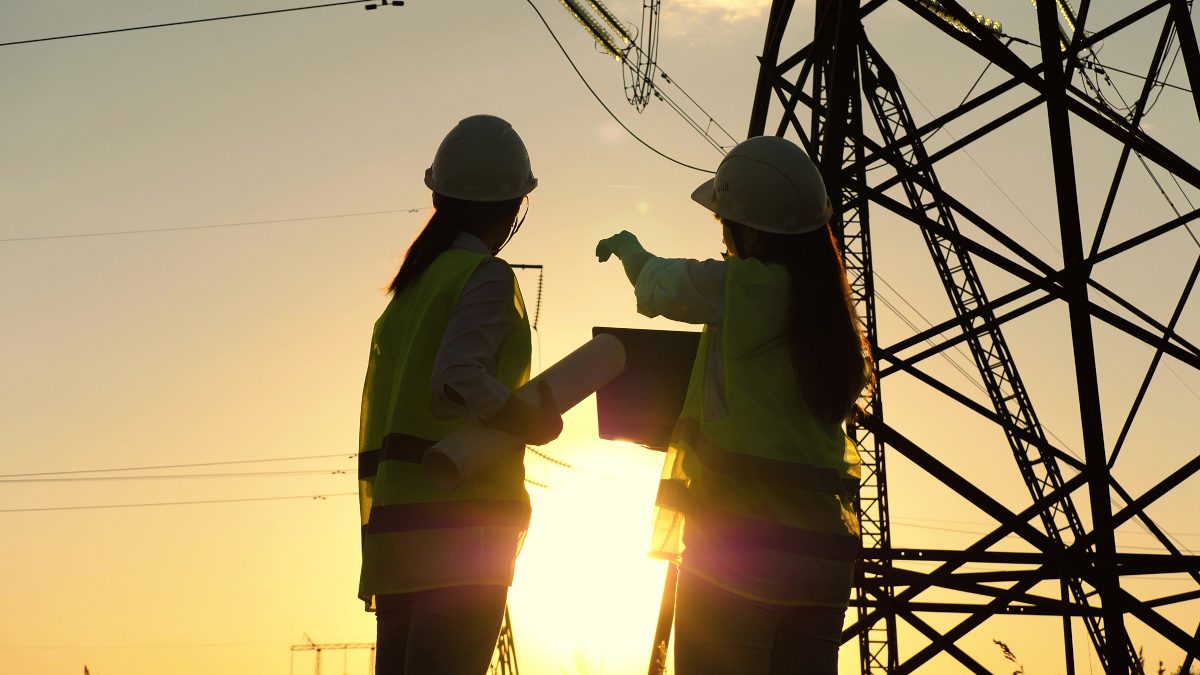
The UK’s Electricity Networks Commissioner, Nick Winser, has published his independent report setting out recommendations to halve the total development time for transmission infrastructure.
Energy Security Secretary Grant Shapps said he welcomed the report and will consider the recommendations before presenting an action plan later this year.
The report suggests that new power lines can be built in half the time and states that, while challenging, speeding up the delivery of strategic electricity transmission lines is “vital and achievable”. A set of recommendations has been put forward to reduce current timescales for delivering onshore transmission network infrastructure to seven years to help deliver energy security and Net Zero more quickly.
Commenting on the recommendations, Paul Miner, head of policy and planning at CPRE, the countryside charity, seemed to feel there was no reason why getting new power lines approved and installed should be time-consuming, “but it must also properly consider potential landscape impacts and how these can best be avoided.”
“We are prepared to support halving the time it takes to get new electricity transmission infrastructure online so long as no corners are cut in the process.”
“At this stage our biggest concern is over the proposed Electricity Transmission Design Principles which would be used to streamline the process. A full public consultation is vital considering these designs would be fast tracked through the planning system with little further scrutiny. We can expect rapid advances in technology, so regular consultations to incorporate the latest innovations will be necessary.”
“There are longstanding concerns about the impact of overhead lines in areas of scenic beauty. National parks, Areas of Outstanding Natural Beauty and World Heritage Sites are unsuitable locations for electricity transmission networks and need to be avoided. We think it is much easier to put new lines underground, and in a way that minimises damage, than this report suggests. For example, existing railway tunnels may be far more suitable and unobtrusive.”
“We do not support offering payments to households. But a transparent scheme of investment to support a revolution in rooftop solar installations near to overhead lines should be investigated further.”
“The current Visual Impact Provision should continue so that if there are more new lines, we’re also taking the opportunity to get rid of unnecessary overhead lines in our finest landscapes.”
Lawrence Slade, Chief Executive of Energy Networks Association, said the report “provides a welcome focus on the changes needed to our regulatory regime and the planning processes which govern essential infrastructure developments.”
“The proposed reforms will create a strong and strategic framework which looks at the whole energy system and takes a long-term view. This will help developers, planners, communities and customers and is essential if we are to meet the government’s 2050 net zero goal.”
Claire Mack, Chief Executive of Scottish Renewables, said:
“The Electricity Networks Commissioner’s recommendations, coming as Scotland thinks about transformational electricity infrastructure network investment needed to facilitate the vast potential of ScotWind and a new onshore wind ambition, could not be more timely.
“These once-in-a-lifetime upgrades are indeed vital and are key to unlocking the economic benefits the clean energy transition can bring to some of Scotland’s most remote areas, as well as lower bills for everyone. As such, it is crucial that the national and international importance of grid infrastructure in facilitating the transition to net-zero is communicated to communities in areas where development is needed, and that these communities are provided with the proper means to express any concerns through the planning process.
“Today’s report makes many practical suggestions on quick wins, which we urge both governments to note and action in the coming months. With consumers and businesses facing increased energy bills driven by our reliance on imported gas there is a pressing need to increase access to cheap, popular renewable energy, which is precisely what these crucial upgrades to our decades-old electricity network infrastructure can provide.”






